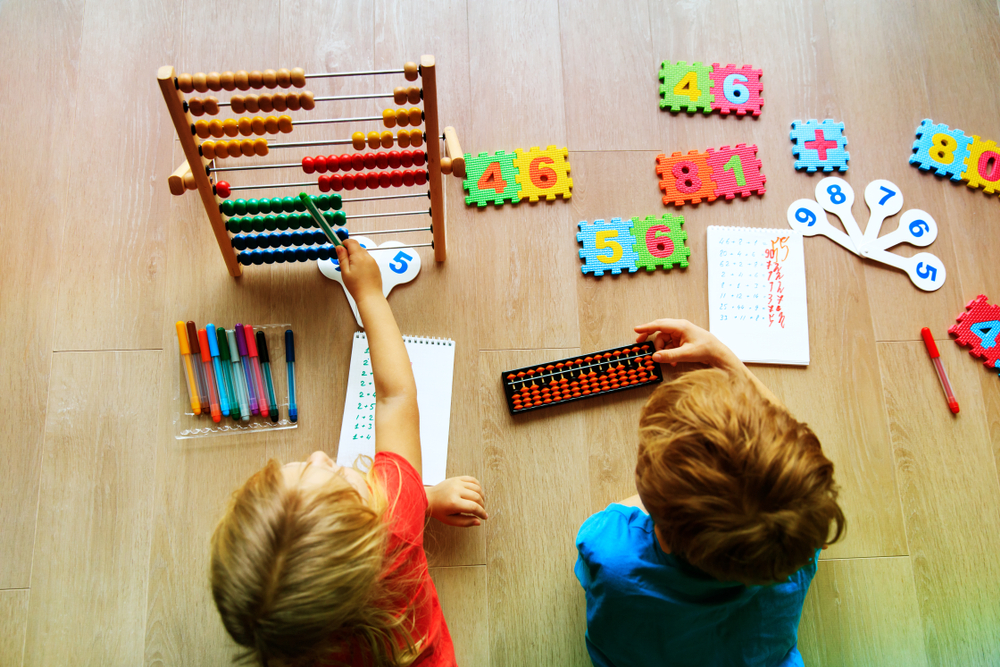Identifying characters Worksheets for Ages 5-9
3 filtered results
-
From - To
Unlock your child’s reading potential with our Identifying Characters Worksheets for ages 5-9! Designed by experts, these interactive worksheets improve comprehension skills by helping young readers recognize and understand characters in stories. Each activity fosters critical thinking through tracing, matching, and drawing exercises, encouraging engagement with every lesson. Perfect for both classroom and home use, these worksheets build a solid foundation in literary analysis while making learning fun and enjoyable. Enhance your child’s storytelling abilities and boost their confidence in reading—explore our diverse selection of Identifying Characters Worksheets today!
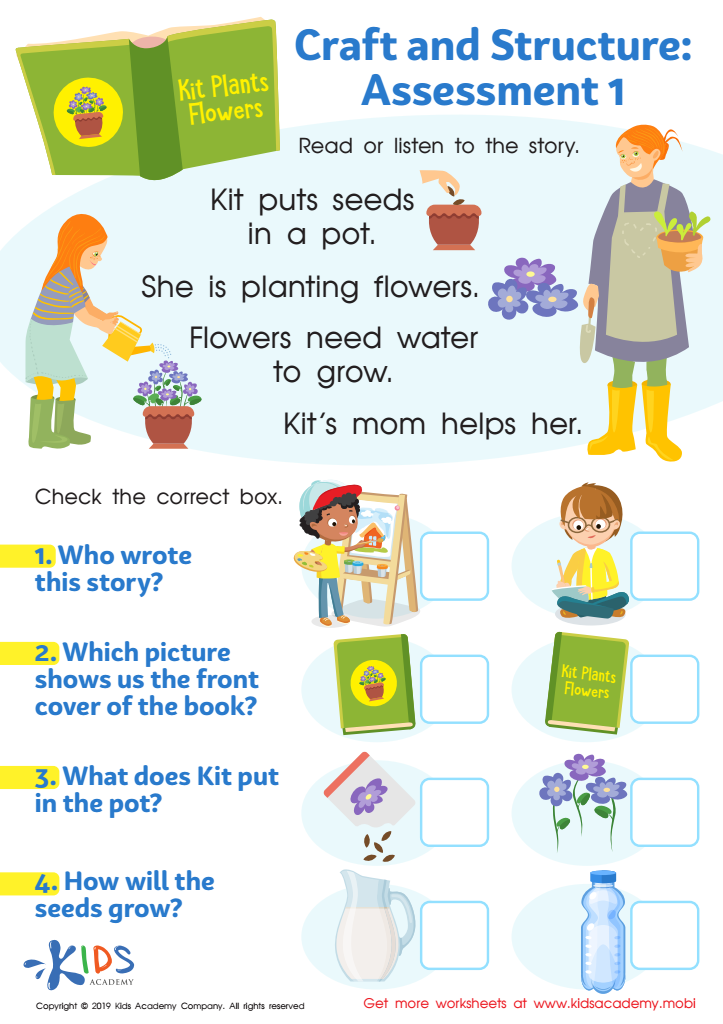

Craft and Structure: Assessment 1 Worksheet
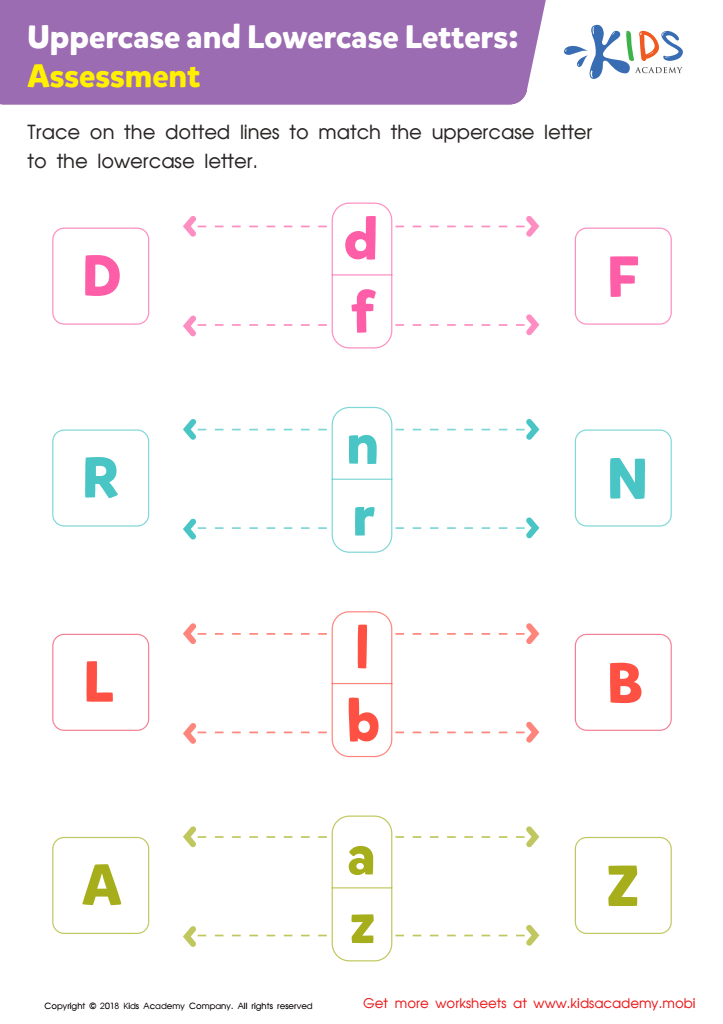

Uppercase and Lowercase Letters: Assessment Worksheet
Identifying characters in stories is a fundamental skill for young children ages 5-9, and it's crucial for parents and teachers to understand its importance. During this developmental stage, children are rapidly advancing in their literacy and comprehension abilities. Understanding characters in stories helps children develop empathy and social skills, as they begin to relate to the characters' feelings, thoughts, and actions.
For young readers, recognizing and discussing characters lay the groundwork for higher-order thinking skills. It prompts them to make connections between the text and their own experiences, enhancing their comprehension and engagement with the story. Differentiating between characters fosters critical thinking as children analyze what makes each character unique, including their traits, motives, and development throughout the story.
Furthermore, identifying characters contributes to vocabulary growth and language skills. As children describe and discuss characters, they expand their word choice and language use. Stories often introduce new and varied vocabulary related to characters and their worlds, fostering linguistic curiosity.
Lastly, engaging with characters promotes a love for reading. When children feel connected to characters, they become more enthusiastic about stories, cultivating a lifelong passion for reading and learning. Thus, paying attention to character identification not only supports academic development but also nurtures emotional and cognitive growth.


 Assign to My Students
Assign to My Students



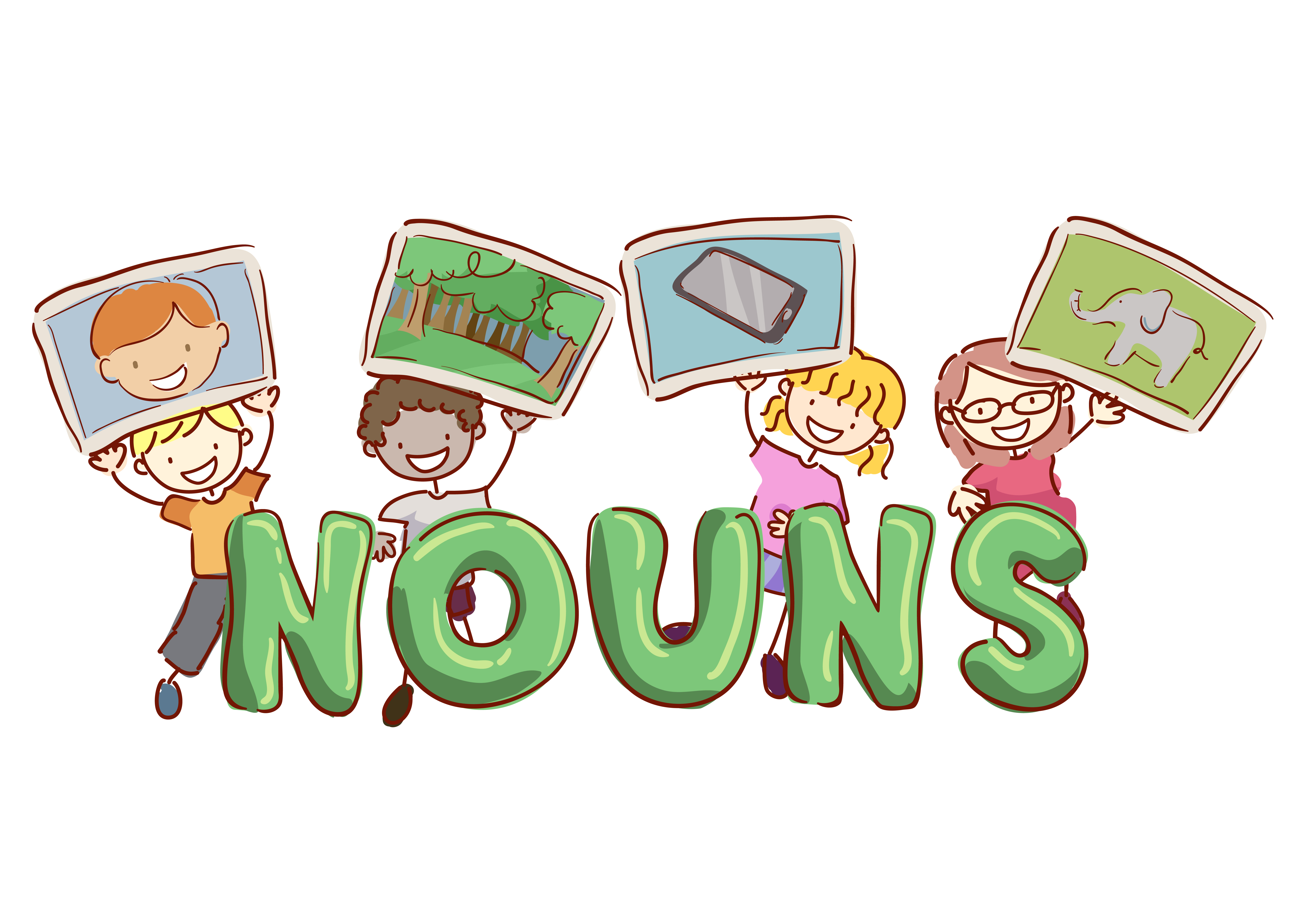

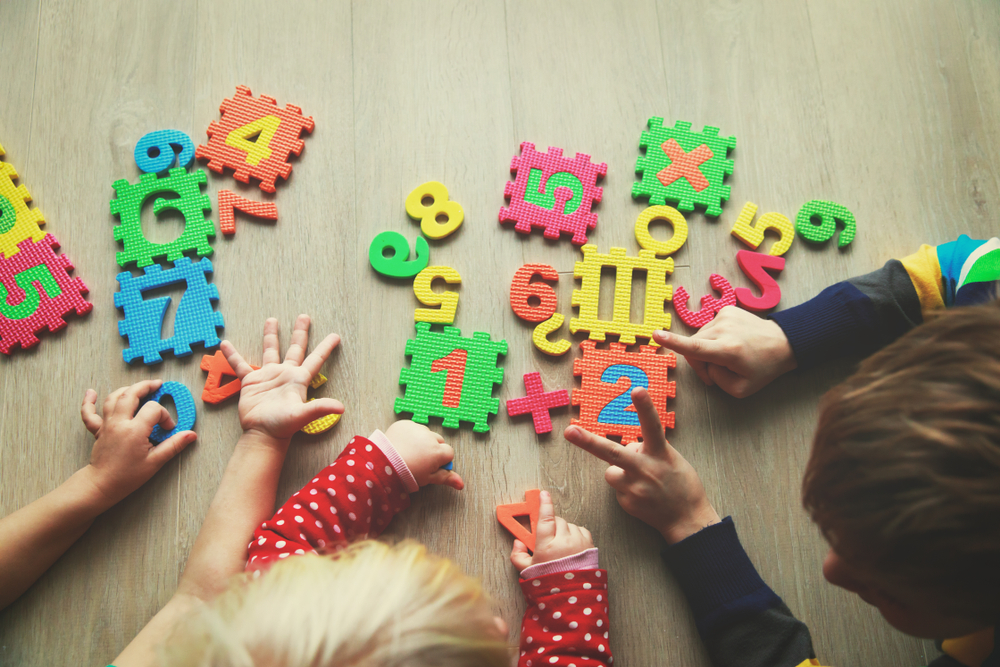
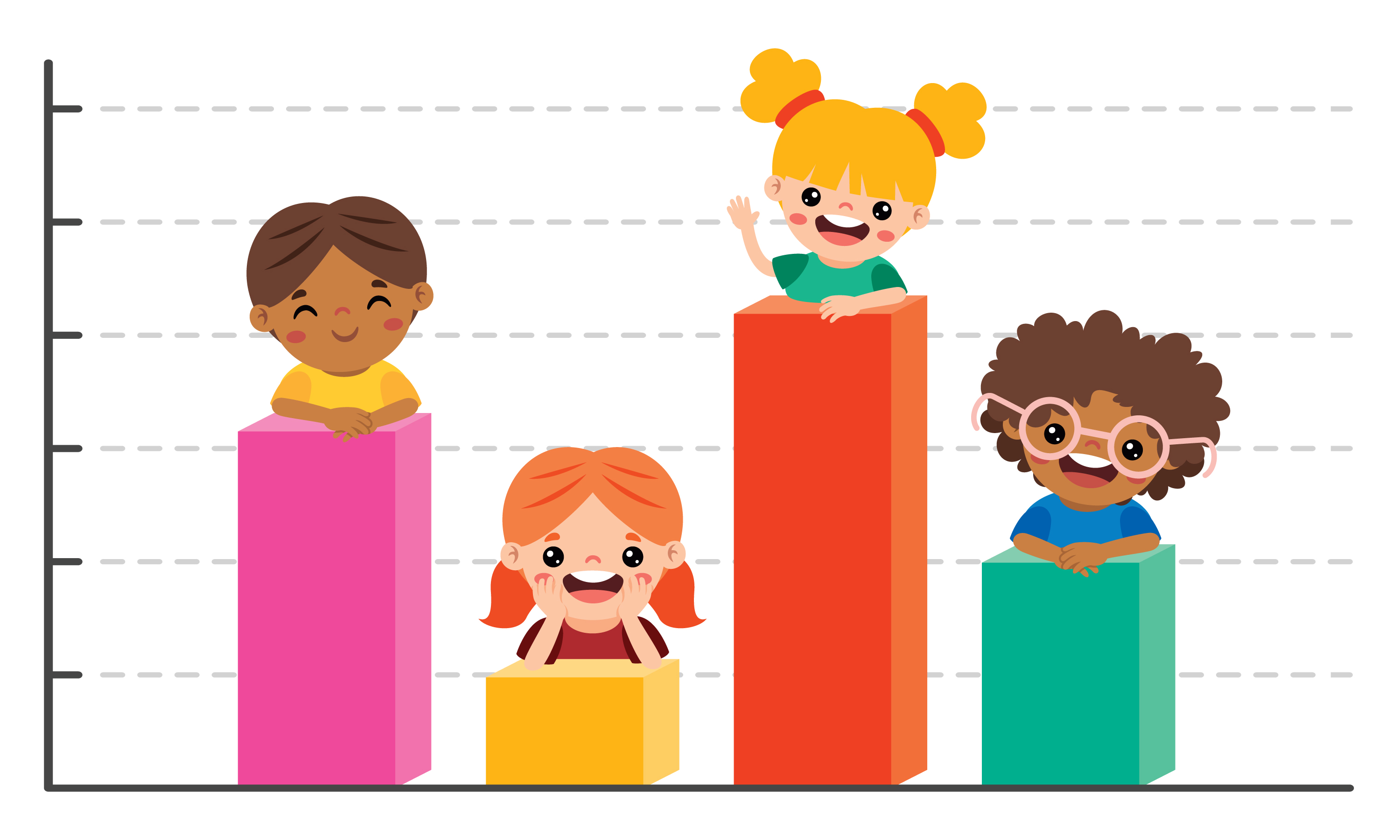
.jpg)
